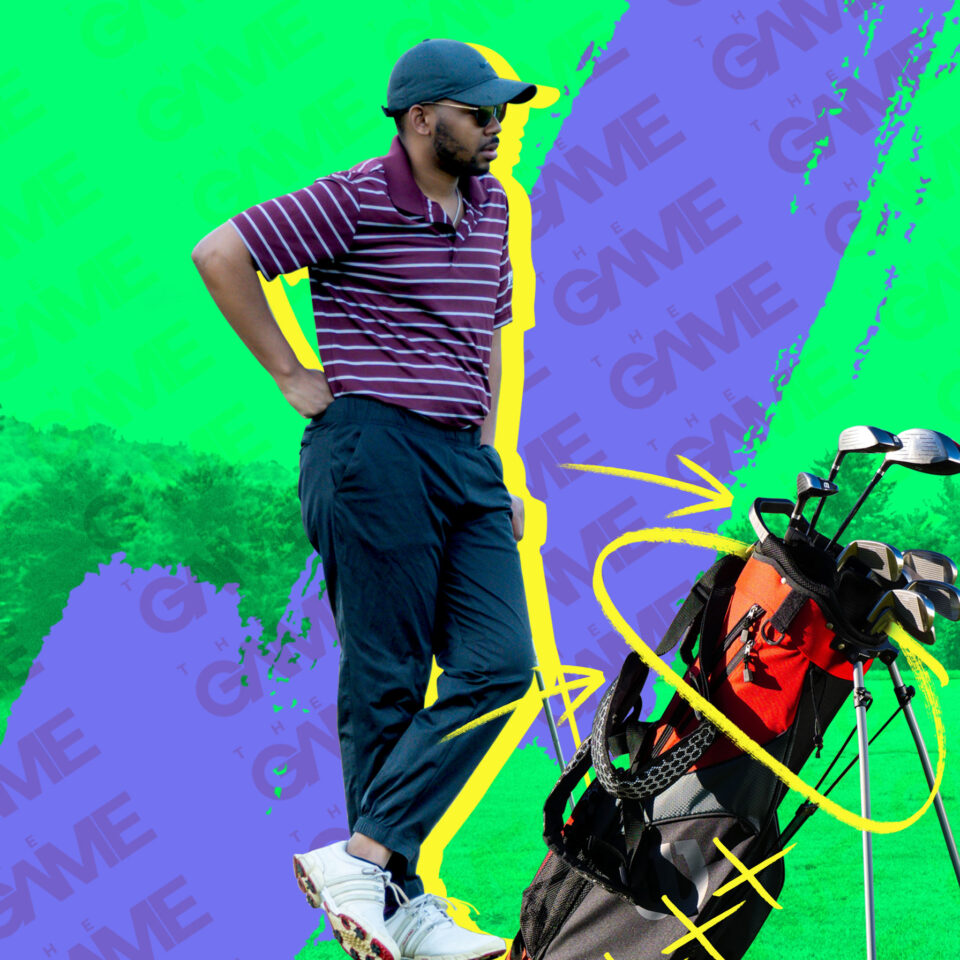We get it—everyone’s into golf now and you want in too. We got you. Here’s everything you need to know to start your golf journey.
Tell me this doesn’t sound familiar: you’re scrolling through your Facebook timeline or tapping through Instagram stories and at least one post is of someone playing golf. We totally get it—golf is in and you want in too.
Golf is one of the most intimidating sports to start learning because of how technical it is. But the truth is, as a beginner, the nitty-gritty details concerning equipment won’t matter to you. What matters is that you at least understand the basics of what you’ll need.
Start with the basics
There are many kinds of golf clubs, but let’s start off with the three basic types you’ll likely bring to your first hitting session at the driving range.
Starting with the driver. This is the one that most beginners get very excited to use because of how much distance the driver gets on the ball—so that’s one thing you can remember: drivers get distance.
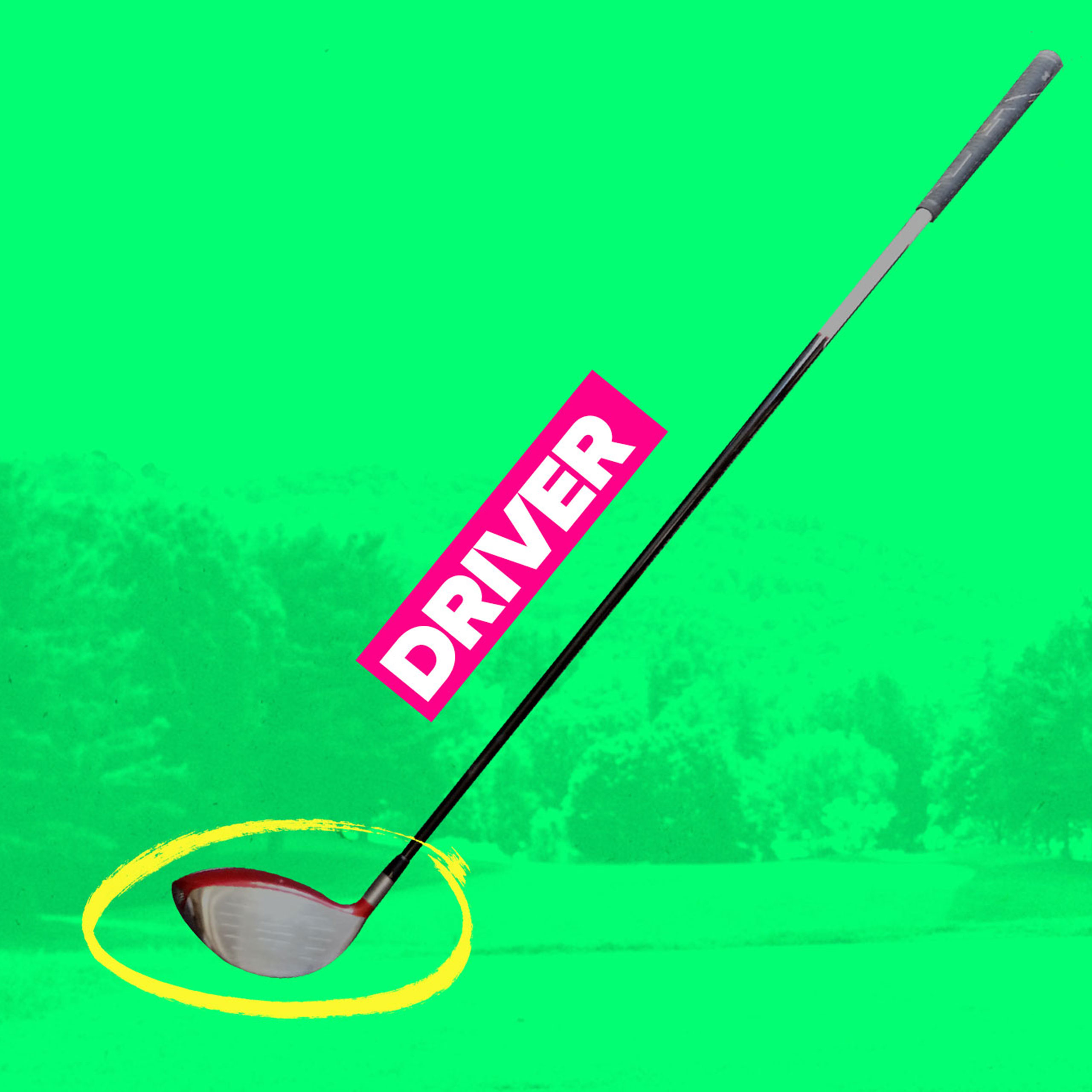
Drivers are built to be lightweight with the biggest clubheads and longest shafts. This way, they are designed to help golfers hit the ball way across the course, which is why most golfers usually hit the ball off the tee with a driver.
Next, you have your irons. Irons often come in different sets of combinations, but a typical set will range from a 3-iron to a pitching wedge.
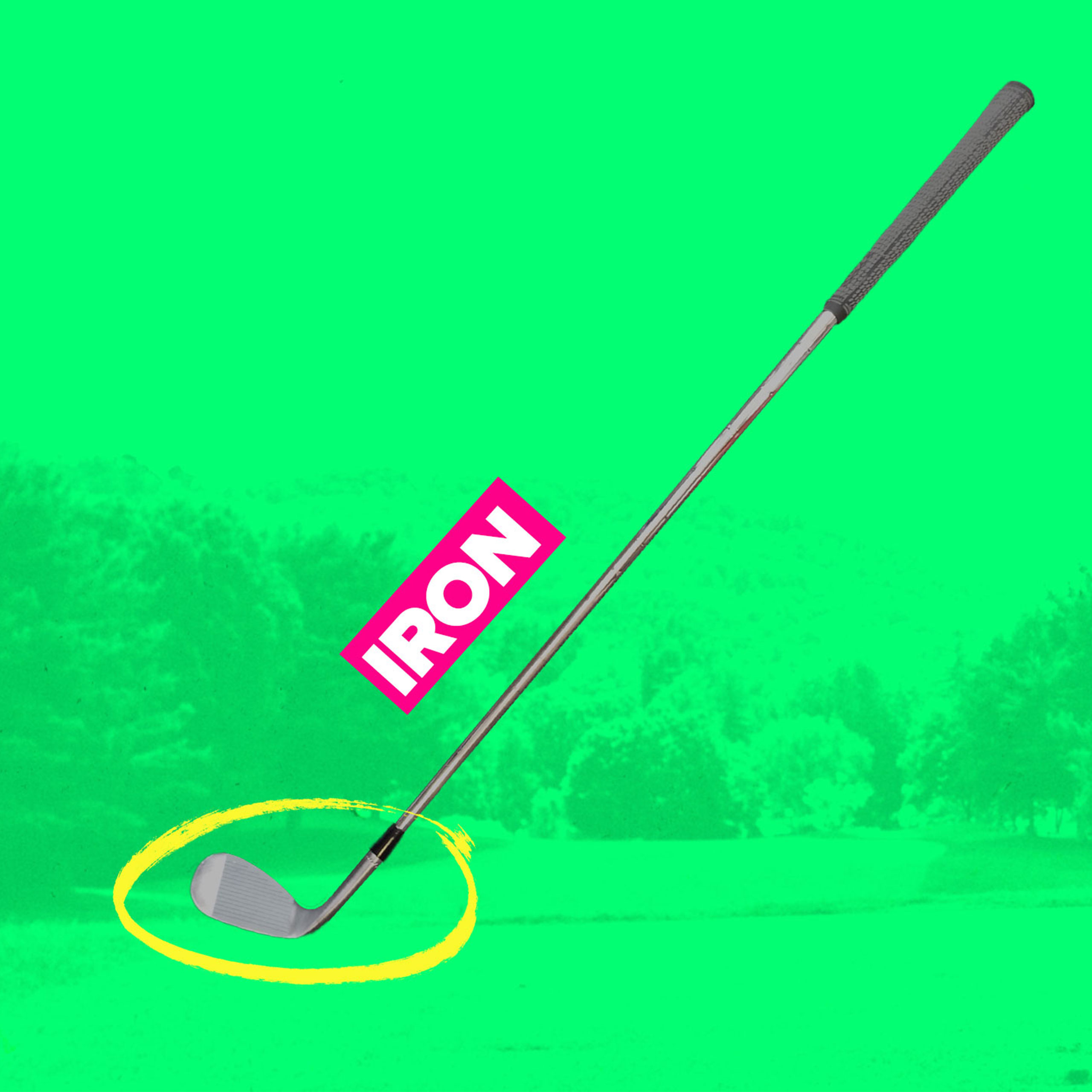
Each club has a different loft, which refers to the angle of the clubface with the ground. The lower the loft, the further you can hit the ball and vice versa. So when playing with your irons, this is a good general rule to keep in mind: the higher the number on your club, the shorter your hitting distance will be.
The last of your basic clubs will be your putter. Just by the name of it, you might easily be able to tell what it does. Simply, it’s for putting.
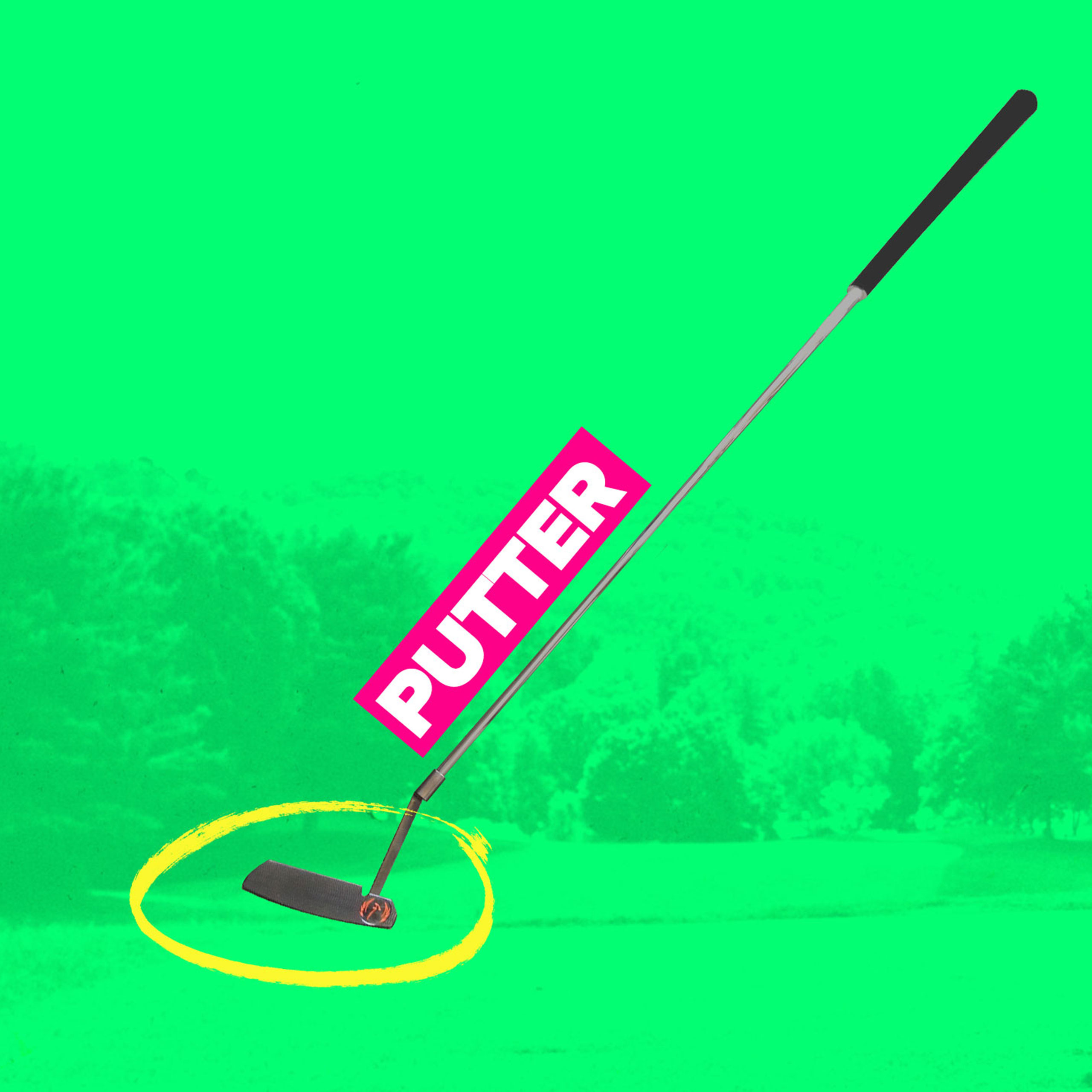
When you’re putting the ball, course-wise, this means you’ve already reached the green. At this point, you’re no longer trying to get any lift out of the ball. Your goal is to just glide the ball right into the hole.
Building your collection
If you feel like you’re already comfortable with the basics and you’re ready for more, there are other clubs at your disposal.
Fairway woods are built like drivers. They have long shafts, big clubheads, and are lightweight, designed to get distance too.
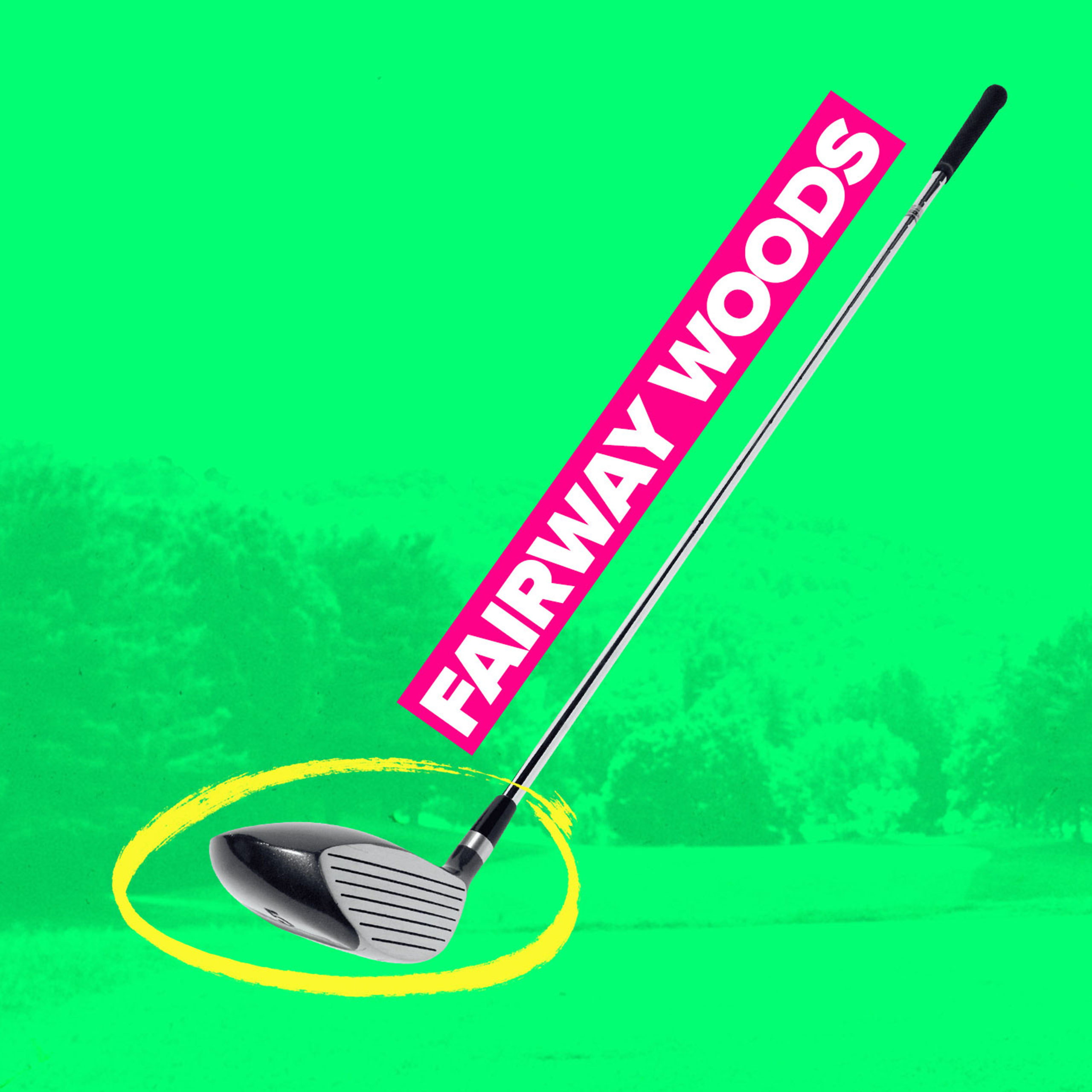
Some players argue that fairway woods are more accurate than drivers, although drivers still get more distance.
But when it comes down to it, choosing between using a fairway wood and a driver will depend on your personal style of play which you’ll have to discover with practice.
You also have your wedges. These clubs typically come in when you’re starting to spend more time playing on the course.
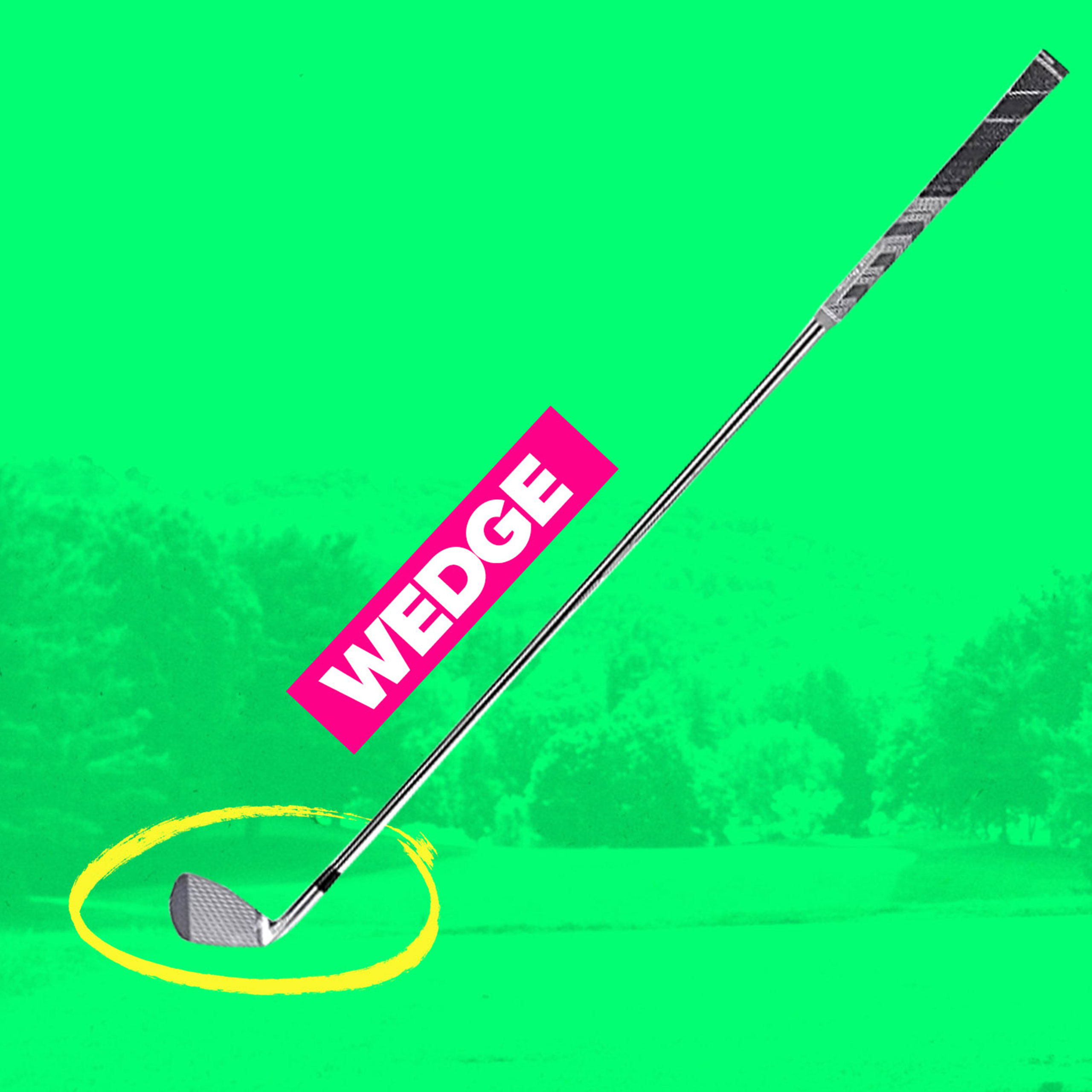
Wedges are really just irons that have a higher loft (pop quiz! higher loft means what again?), so these are used when a golfer wants to give the ball a higher trajectory. These are normally used when you’re approaching the green or trying to get the ball out of the sand—it happens.
I know this might be a lot to take in for a beginner, but don’t overthink it. Practice will trump your equipment as long as you know what each club is meant for.
Yes, there are different ball types
Buying your golf balls might be the easiest thing to shop for. However, there are actually different types. As a beginner, you won’t notice the differences yet. But even so, you might want to start with those that will, at the very least, up your chances of success.
Golf balls are built with multiple layers. With more layers in the ball, golfers with fast swings are able to get a better feel, distance, and spin on the ball.
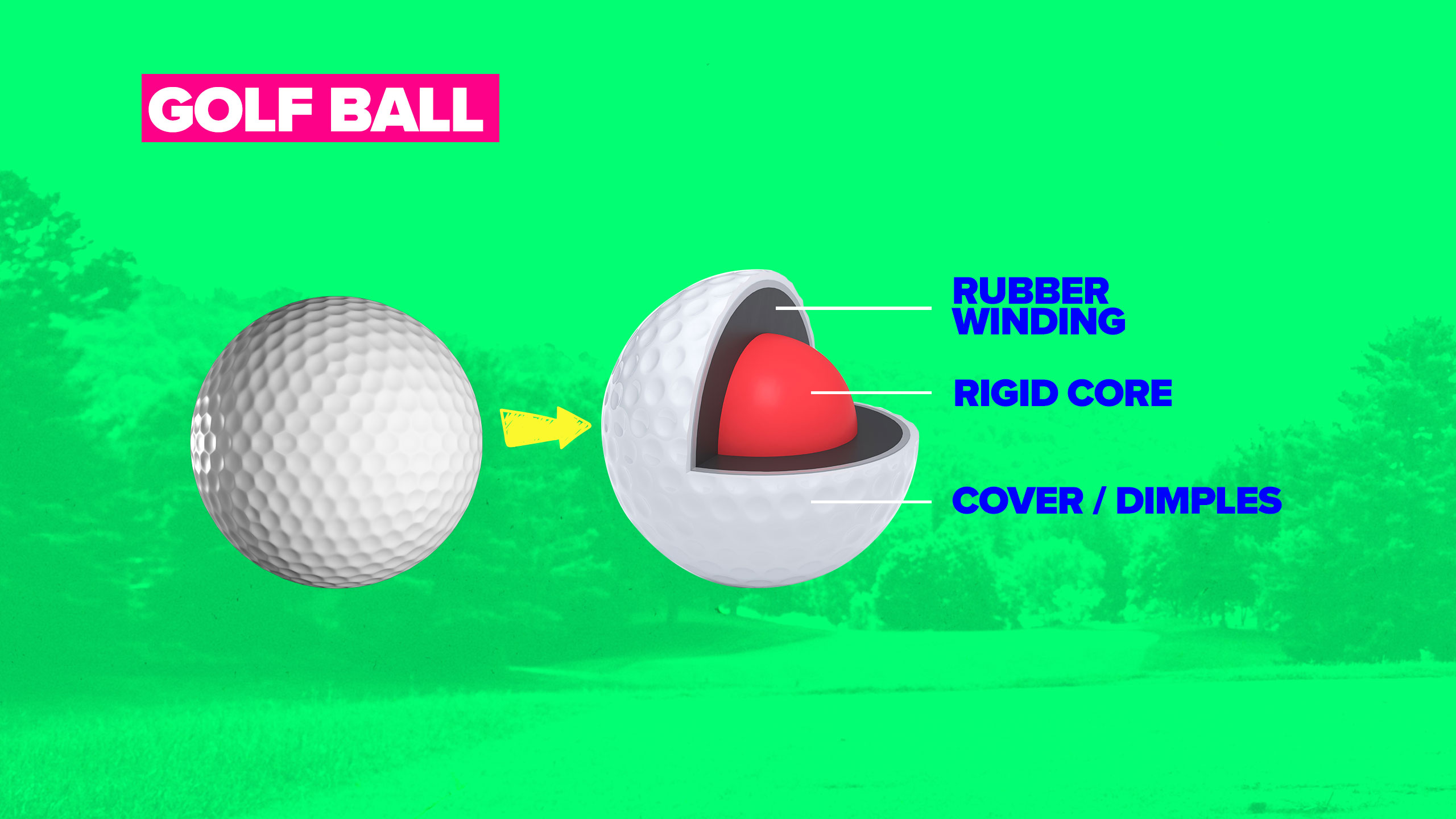
Tour performance balls are built for golfers with fast swings—usually the professionals. Hence the name. They can have up to five layers to help with distance, feel, and spin.
Tour value balls are similar to performance ones, but these ones are usually cheaper and are lower in compression.
Straight distance balls have around two to three layers. These are designed to get more distance, as is in the name. They fly straighter and further.
Finally, you have your soft distance balls. These are low in compression and are designed for people with slower swing speeds. Don’t take it personally, all beginners start here, so this might be the best ball for you to start with.
Specifically designed for slower swings, it might even give you a better shot at impressing your instructor.
Go out and play!
We know that golf is a lot. And not just in terms of equipment, but in the cost too. But if you’re just starting out, take comfort in knowing that your equipment matters very little at this point in time, especially since you now know the basics. The bigger factor in getting better at the game is you.
So get out on the driving range or on the course with your pals. Post that early morning Instagram story.
With enough practice, all the pieces of the puzzle will start to make sense and you’ll eventually work your way up to making par.
And now that you know what you need, here’s where you can play.
